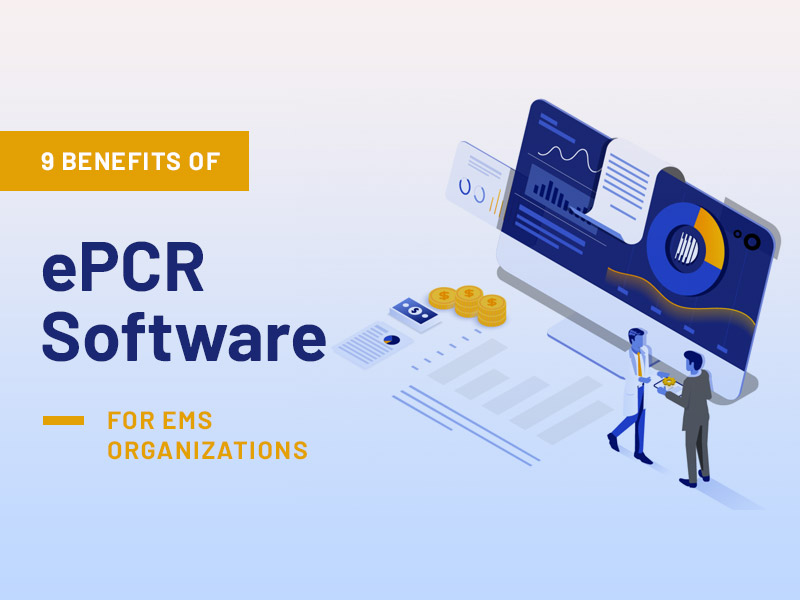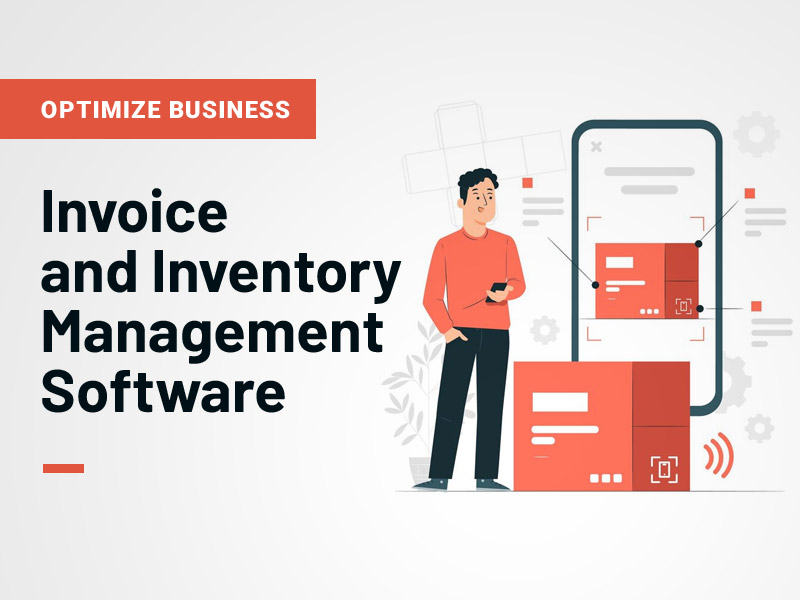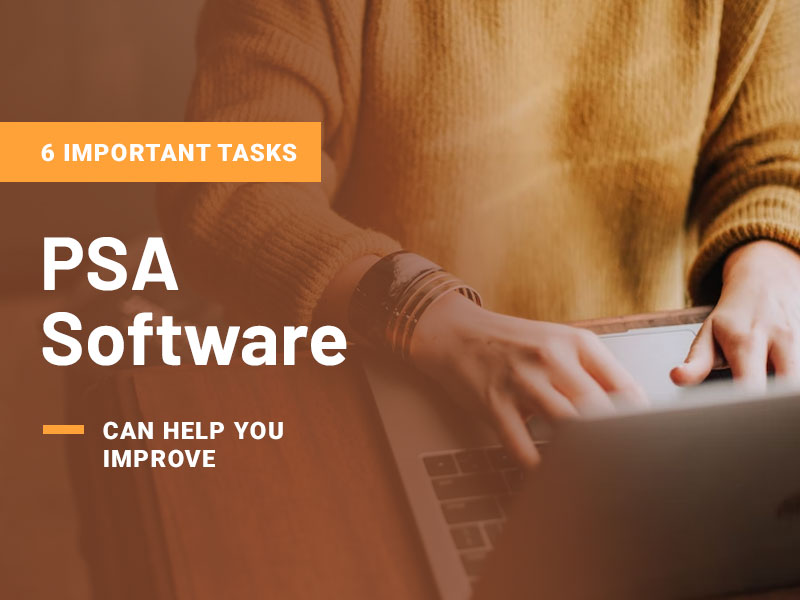In the US, most emergency medical service (EMS) providers use software solutions to give ambulance crews and back-office staff a means of sharing critical electronic patient care report (ePCR) data. This type of software is intended to help EMS providers maximize resources and save lives. However, not all ePCR software is made equal. Some systems have glaring flaws that could lead to human error, invite regulatory sanctions, and result in frustration among regular users.
To ensure the best outcomes from these solutions, EMS organizations need to understand what distinguishes outstanding ePCR software from all the other options. Knowing this can help inform their decision should they desire to switch to a new platform.
Some of the benefits of best-in-class EMS ePCR software include the following:
The Benefits of an ePCR Software for EMS Organizations
1.) Easy Syncing and Workflow Automation
The best ePCR systems today automatically sync all ePCR data. The benefit of this is that once patient data is entered into the system, there is no longer a need to re-enter or manually consolidate it. This allows all workflows involving ePCRs to be automated, which, in turn, permits data to be instantly made available to whoever needs it.
Updating to a good ePCR system thus allows a massive leap in capabilities for EMS organizations, as crews and back-office staff no longer have to spend hours each day managing data. Instead, they can commit much more of their time to provide lifesaving emergency care.
2.) Accurate and Timely Reports
Good ePCR software should facilitate timely and error-free reporting, particularly for billing and payments processes. Payers will demand that reports are accurate and on time. Being slow to provide good reports can have negative implications for both patient outcomes and the organization’s cash flow. Updating to a better ePCR will permit better reporting and should help EMS providers enjoy timelier payments.
3.) Intuitive User Interface and Personalization
Newer ePCR software solutions draw from the lessons learned from older software, featuring highly intuitive layouts and personalization to save time and improve system utilization.
Compared to older generations of ePCR software, current solutions are much more user-oriented, reducing confusion and making them much more effective in the field. These user-centric improvements can help cut down training time, reduce human errors, and make it easier for organizations to personalize their software for their own needs without the need for expensive and potentially buggy back-end customization.
4.) Device and Operating System Agnostic
Older ePCR systems often required EMS organizations to commit to specific types of devices and operating systems. Today, there are great ePCR software options that enable providers to use virtually any device they prefer, regardless of whether it runs on Windows, iOS, or Android. These device-agnostic options give providers more flexibility when sourcing equipment for their employees.
5.) Saves Time Filling Out Forms
Earlier ePCR platforms often lacked a smart autofill function for standard forms, resulting in increased error rates and service slowdowns. Better software enables near-instant autofill functionality for repeat patients, saving time and giving back-office staff immediate access to relevant data while the patient is enroute.
6.) Offers Offline Functionality
Some ambulance teams regularly make calls to areas with poor internet access. Some ePCR solutions have almost no functionality without an internet connection, making them a poor choice for service areas with poor connectivity.
Better ePCR solutions enable ambulance crews to fill out forms offline. The data then syncs with the rest of the system as soon as the crew’s devices have access to a stable internet connection. This saves crews precious minutes that could be used for directly administering emergency care.
7.) Permits Continuous Data Backups
The cloud-based architecture of modern ePCR platforms makes it easy to provide continuous backup for critical data. This puts these newer systems leagues ahead of legacy onsite ePCRs in terms of data security. Should a catastrophic failure occur on the organization’s primary server, there will still be copies of the data on off-site cloud storage facilities that could be used to keep operations running.
8.) NEMSIS and HIPAA-Compliant Data Management
EMS organizations have to be mindful of the standards used to store and manage sensitive patient data. In the United States, patient records collected and kept by EMS providers have to comply with the National Emergency Medical Services Information System (NEMSIS) and the Health Insurance Portability and Accountability Act of 1996 (HIPAA).
Organizations that fail to keep up or those that still use legacy systems may be at risk of regulatory fines and sanctions. Updating to a current ePCR platform guarantees compliance and helps keep patient data and other sensitive information secure.
9.) Puts Crews and Back-Office Staff on the Same Page
It’s not unusual for back-office staff to use a different version of an ePCR solution from what the ambulance crews use. This difference is a common source of data discrepancies caused by human error, as these different ePCRs often have different data formats or have only rudimentary data automation and integration, typically requiring some manual data re-entry or reconciliation.
New systems eliminate this source of errors by encompassing both field and back-office operations. This means less time spent wrangling and correcting data and more time dedicated to providing care.
Also read: How can Software Testing Save Your Money
Save Lives and Drive Revenue with Better ePCR Software
EMS providers and other healthcare delivery organizations are often under intense pressure to increase their revenue and serve larger areas even amid a shortage of qualified employees. New EMS ePCR software promises to ease the burden on EMS providers by giving them a powerful tool for maximizing their existing resources.
These platforms do the heavy lifting in data management, which allows crews and back-office staff to focus on delivering high-quality emergency care. The automation features of these solutions also serve to speed up workflows while simultaneously improving accuracy. Updating to better ePCR software can ultimately be transformative for EMS by giving providers an affordable way to secure stable revenue streams and increase their service areas using what resources they already have.







